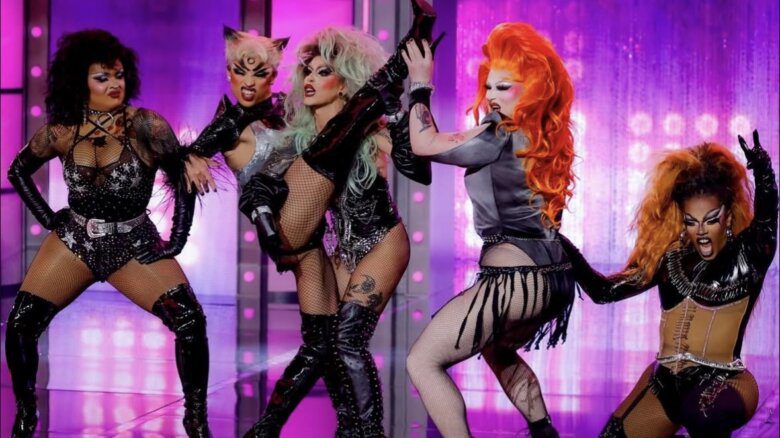Russia isn’t the first country you’d expect to fall in love with a flamboyantly queer art form like voguing. With government laws against communication that promotes “non-traditional sexual relationships,” and an ongoing LGBTQ+ purge in Chechnya, authorities have discouraged the import of trans and queer ideas. But Russia, a country of great contradictions, has adopted voguing in the most mainstream way possible.
In Harlem, the birthplace of vogue, the dance style grew out of the ballroom culture of Black and Latinx LGBTQ+ people, starting as early as the 1960s and flourishing in the ’80s. Despite its underground origins, it was introduced to a worldwide audience through the iconic 1990 documentary Paris Is Burning.
In Russia, the vogue craze caught on decades later and not, in its early incarnation, through queer culture; Paris Is Burning and Pose, the recent American TV drama about the New York ballroom scene of the ’80s and ’90s, have not received wide mainstream attention in the country. No, Russians were first exposed to the highly symmetrical moves and dramatic “drops” during vogue dancers’ auditions for the Tancy na TNT (Dance on TNT), a TV dance competition that was popular in the mid-2010s and saw dancers of different genres competing in front of the judges à la The Voice.
Soon, most contemporary dance schools had their own vogue classes, often taught by straight female instructors. Eventually, though, a more underground ballroom culture formed, taking vogue back to its queer roots.
We’ve spoken to five Russian vogue dancers from different parts of the country, asking about their lives, how they fight stereotypes and whether it’s dangerous to vogue like there’s no tomorrow in 2021 Russia.
Alisher, 21
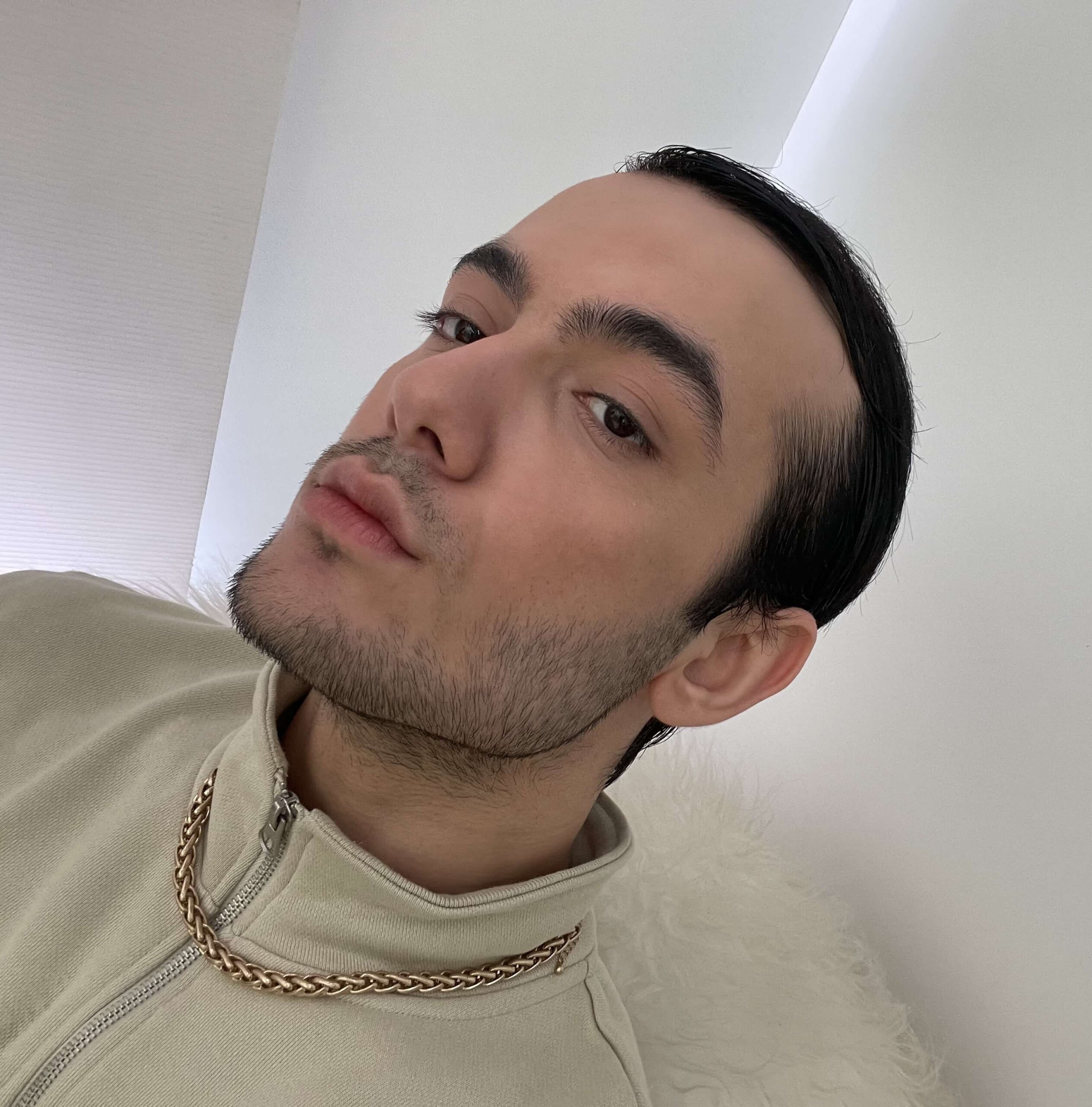
Credit: Courtesy of the artist
This Moscow-based dancer, originally from Navoiy, Uzbekistan, says he discovered vogue via “some hip-hop dance videos on YouTube’” and started dancing himself at 17. These days he’s a full-blown vogue star, who’s enjoying great success both online and in the real world. A TikTok video in which Alisher challenges the stereotypes of the way Eastern-looking boys should behave has earned him over 1.8 million views and a handful of hate mail.
Why do you vogue?
If it wasn’t for vogue, I wouldn’t be where I am today. It’s my work, my life, my opportunity to become my true self. When I moved to Russia from Uzbekistan, I was very scared and timid, and vogue helped me become a completely different person. Now I’m more open, liberated, humane. I met new friends, the people who are always here for me. Vogue is my whole life.
How did you start voguing?
I first started learning via online lessons. A year later I got to go to a vogue camp, where I understood the culture of the dance. Eventually I learned all the details and met other dancers. I didn’t have that one person who would tutor me, I just went to as many classes as possible. It was Dasha Rolik’s class that finally made me realize what the word “performance” really meant—there I learned to truly express myself.
I won some awards at Moscow balls, which is kind of a big deal: There’s stiff competition. I used to live near Moscow and would travel here to participate. Right now, I still dance and teach vogue. I ask my designer friends to help me create unique costumes for the balls. I try to constantly evolve.
Is it hard to be a vogue dancer in Russia?
Moscow’s great. Moscow’s youth of today is very educated. They’re very proactive, aware, forward-thinking and they support all kinds of diversity. They shame people who want to shame other people for being different—but everything outside of Moscow is very hard. In Kaluga, where I teach, there was a ball and I was wearing high heels. I later realized there were fathers of the students that got mad and wanted to beat me up for looking like that. I do know that the danger is there, but, then again, who gives them the right to beat me?
Can you compare Russian vogue culture to the United States and Europe?
As I haven’t been to the U.S. or Europe yet, it’s hard for me to compare them. From what I understand, it’s way more commercial in the U.S. And I fully support money prizes: When you pour cash into your outfit, your training and development, you should expect to earn it back. In Russia, we spend a lot of money, time and energy for our performances, yet rarely get money prizes at the balls. I once rented a costume that cost 60,000 rubles [approximately $1,000 Canadian]. If I ruined anything, I had to pay for it. I won in one category and didn’t get any money. It got me thinking, “Was it worth it?”
What’s your main goal?
Vogue has different statuses: Legends, icons, etc. I don’t need a status, I’ll just get it if I get it. I mostly want to be physically fit enough to make all my performing goals come true. I want my body to be ready. And of course, I want to travel a lot, earn lots of money and work my ass off.
What’s the best music to vogue to?
“Beautiful Liar HA” by Kevin JZ Prodigy.
Maxim, 22
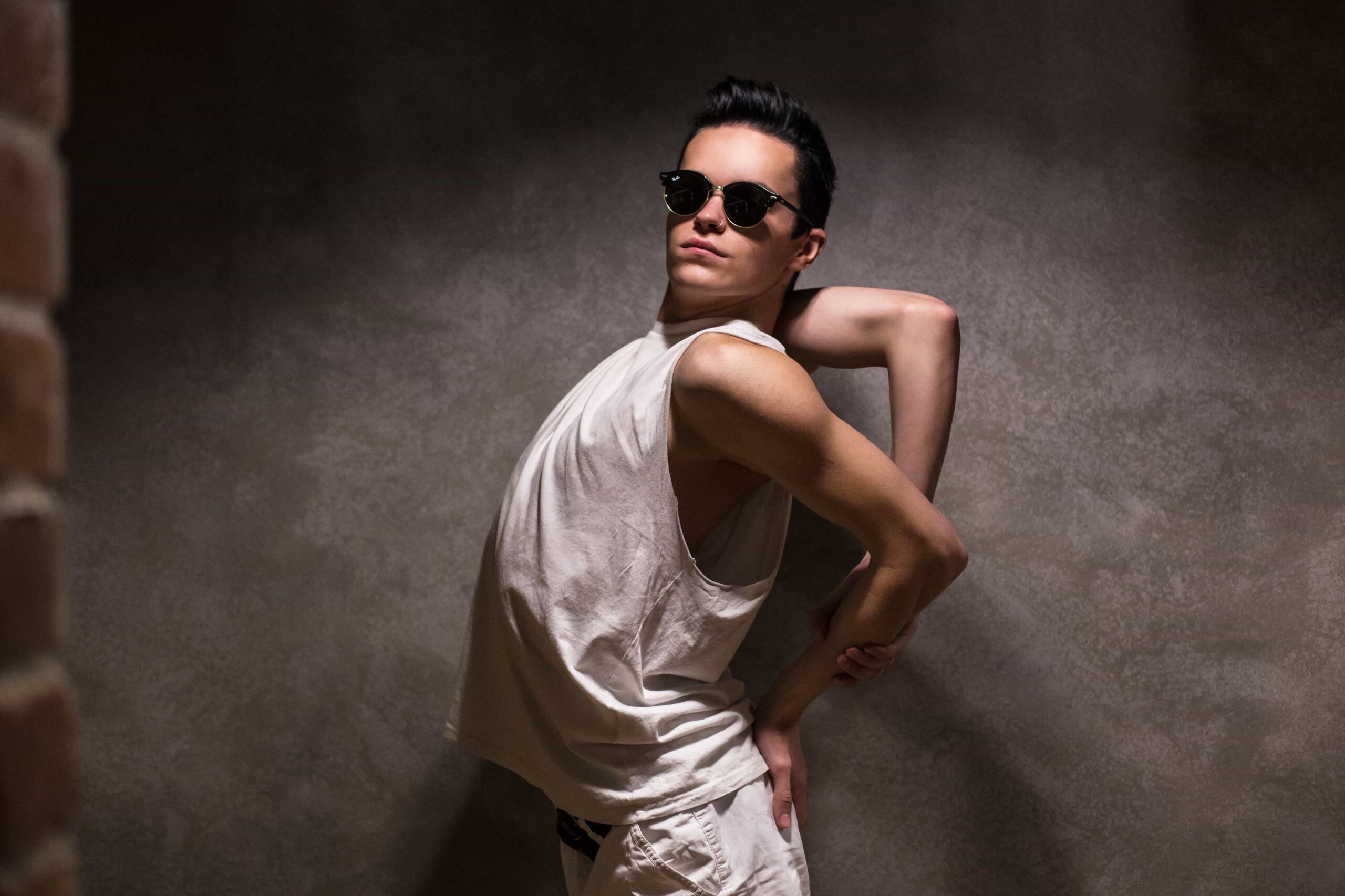
Credit: Courtesy of the artist
This Moscow-based vogue dancer, originally from the southern town of Krasnodar, also fell in love with voguing thanks to Dasha Rolik’s classes. “I was 16 and and got stuck,” Maksim recalls. “Back then, vogue wasn’t that popular. I didn’t know anything and wasn’t even that good at it: I simply enjoyed hanging with Dasha. But I kept on returning and eventually it evolved into my serious relationship with the dance itself.”
What’s your story?
I started voguing in 2015. Then I moved to Novosibirsk and started teaching my first classes. I got hired by the famous local dance studio Fraules Dance Center. Eventually, I became known all over Siberia, toured all over Russia and participated at all local vogue balls. Once I realized I had reached my limit in Novosibirsk, I moved to Moscow. Now, I teach there.
What’s your proudest achievement to date?
Becoming the father of Dasha Rolik’s House of Voodoo. It was unprecedented in Russia at that point, that a student would become an equal to his master so that they can promote their house together.
Is it hard or dangerous to be a vogue dancer in Russia?
I think these days it’s not that hard. The Tancy na TNT show has popularized the style and many people know about it. Its reputation is mostly very positive. It’s easier in Moscow: Everything’s developing very fast here. People don’t really care what you’re dancing and there aren’t many prejudices. It’s not like people will instantly label you with anything if you’re a vogue dancer; other places in Russia are only starting to understand things like this.
Can you compare Russian vogue culture to the United States and Europe?
Russian voguers are awesome! It took us very little time to reach a very high level. We have lots of gifted, skillful dancers who travel overseas and draw lots of attention. We come up with inventive ideas, impressive routines and we also have our own style. We know what to wear and what not to wear. So even if we were lagging behind five years ago, these days Russia’s on the same level as many other voguing countries.
What’s the goal?
Let it be my secret, so that nobody can jinx it.
What’s the best music to vogue to?
Nikita Revlon, 27
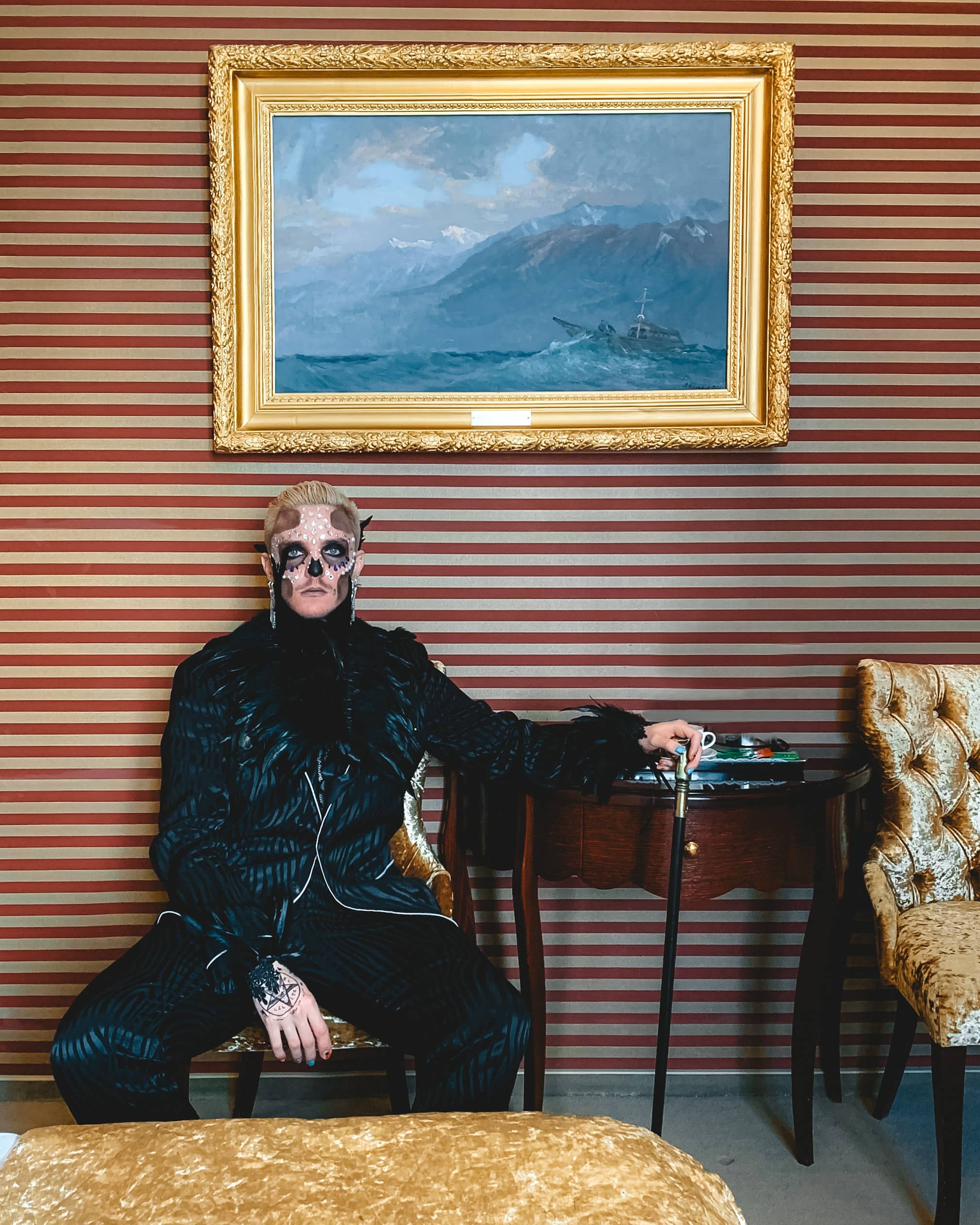
Credit: Courtesy of the artist
The father of House of Revlon was born in Rostov-on-Don, in the south of Russia, and still lives there. Before focusing on vogue, he spent seven years breakdancing. “I didn’t want to be just a part of the hip-hop scene and wanted to stand out,” he says. “I didn’t have teachers, as I come from the generation where the dancers would self train. Rostov-on-Don is a big city with around two million people, and is the southern capital of Russia, but there was no vogue scene. Some people tried it, but would give up. So I was the only one. Eventually I had students and launched that wave.”
What’s your vogue story?
I was always lucky to have people around who would help me understand that each dance movement is so much more than the physical challenges and championships. There’s a whole culture behind it. When I started travelling to various festivals and battles as a member of the hip-hop world, I started discovering other interesting people and their worlds. I eventually learned a lot about pretty much all the dance styles. In the first years of Russian vogue, there was a severe shortage of information, which explains why it took me a while to truly embrace it.
What inspires you?
I’m inspired by fashion, especially by complicated designers. I love Gucci, Alexander McQueen, Philip Treacy, Vivienne Westwood, Iris van Herpen. I’m inspired by the theatricality and the art that transcends the creator. The clothes tell you more than words or actions. As for dancers, I love the era of American ’90s femme queen performances. I wouldn’t say that these dancers were “truer” than the contemporary Russians ones, it’s just that their aesthetics and energy appeals to me the most. I adore Deedee Revlon, Erica Kane Lanvin and late legends Alloura Zion and Yolanda Jourdan.
Is it hard or dangerous to be a vogue dancer in Russia?
It’s a very long discussion. It all comes down to your age, skill level and where you live. But living outside of the country’s centre and working all over the country, I see lots of positive changes, even beyond dancing. There’s a whole trend of male manicures: I started painting my nails before all the hype and was expecting an angry reaction from people, but nobody gave a damn. I don’t have to explain my looks. But then again, I was never pressed because of what I do. From an early age, I knew how to stand my ground and by my choices. But it is sad that, in 2021, we still have to escape repression by creating our own social and financial bubbles. Basically, if you’re unreachable to the angry mob, you’re fine.
Can you compare Russian vogue culture to the United States and Europe?
I don’t think it makes sense to compare something that can’t be objectively compared. Every factor that influences the culture is unique in Russia: Politically, economically and mentally. In Russia, the vogue craze was started by the girls who went to mainstream dance schools. It wasn’t a community of LGBTQ+ minorities who wanted to express themselves, but just a new dance style that can be learned by anyone. Thank God we didn’t stop at that, and eventually embraced the true history of vogue. But it’s just knowledge, not the actual experience.
What’s the goal?
I’ve got no goals as a dancer, as I don’t consider myself one. Back in the day, my dancing experience served as a base for my performing career. Performing is more than just dancing: It’s about charisma, emotions, looks, fashion. I’m not saying I’m better than “just a dancer,” it’s just different.
What’s the best music to vogue to?
I love training to Kevin JZ Prodigy. His chants and sound can wake me up at any time.
Vitaliy Ninja, 38
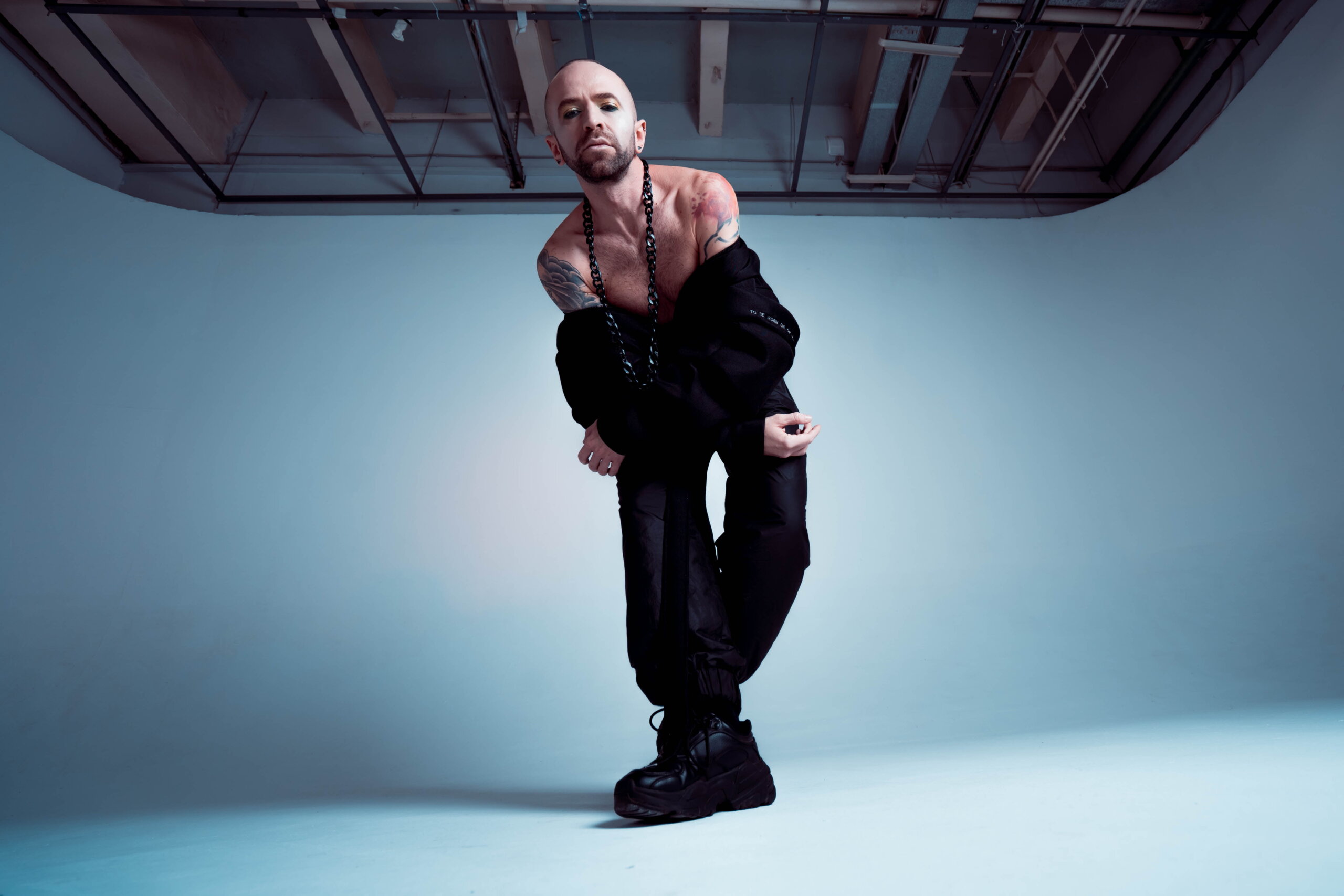
Credit: Courtesy of the artist
Vitaliy moved to Moscow from Novosibirsk six years ago, after discovering vogue at a dance camp SDK in Czech Republic. He eventually flew to New York to take classes with Benny Ninja, who was appointed the father of House of Ninja by the late Willi Ninja of Paris Is Burning fame. “I will never forget seeing Benny in the flesh for the first time,” Vitaliy recalls. “It was on the street outside the dance studio. I literally started shaking: Here he was, holding an umbrella cane, the man whose video I was consuming like crazy. I thought he’d be tall and graceful, but he turned out to be shorter than I was.”
What inspires you?
I usually get inspired by non-vogue dancers. It allows me to find new forms of expression and new feelings. Right now, in Fem vogue, I’m inspired by Veronika Ninja, from our house. She’s also a great New Way vogue dancer, as well as Javier Ninja. David Milan is great at Old Way. Leiomy and La B. Fujiko are amazing, too.
Do you remember your very first performance?
There were a lot of great memories and the best ones come from travelling to European balls. I took a break, both due to COVID-19 restrictions and my personal health, but once I returned to the balls in Moscow, it was a marvelous experience. I also always improve my own skills in different dance genres. I work at various TV dance shows, including Tancy na TNT and Tantsuyut Vse! (“Everybody Dance”). Right now, I’m working at a performance for Moscow’s CRAVE theatre.
Is it hard or dangerous to be a vogue dancer in Russia?
Not at all. Vogue culture is developing very quickly over here, especially compared to many other countries. And vogue’s at its peak right now: It’s a second or a third wave of vogue, I think, and the most powerful one for sure. Thanks to the TV for that. As for masculinity, it all comes down to stereotypes. A lot of the vogue newbies don’t know a lot of things yet, and consider vogue a dance of men wearing heels, feathers and glitter. They’re surprised to see other interpretations, categories and styles of vogue. Come to any ball and you’ll see many “manly” men voguing the night away.
Can you compare Russian vogue culture to the United States and Europe?
The Russian vogue community is very strong and evolves fast. If you’re talking about Europe, Paris is still the king, as well as Amsterdam and Milan. But now everyone knows Russian dancers: A lot of our dancers go to European balls, win awards and represent the country on a very high level.
What’s the goal?
I don’t dream of much as a dancer, as these days I dance for my personal pleasure. I love directing and teaching, so I’d love more big projects, not just vogue-related ones. I’d like to open my own cultural centre with various art forms for all ages.
What’s the best music to vogue to?
I love remixes of Afrobeat and dancehall tracks. I love Lazy Flow and Loffe Ninja and DJ SevenEver.
Aleksandr Shipitcin, 30

Credit: Courtesy of the artist
One of Aleksandr’s biggest claims to fame was appearing on Tancy na TNT, which seriously boosted his profile. These days, the Tumen-based dancer organizes vogue balls around Russia, teaches and runs his own dance theatre.
When and how did you discover vogue?
Through social media in the 2000s. I attended my first vogue master class in 2010. I worked with models at a beauty pageant, student shows and various fashion shows where such moves were needed. In 2015, I joined the dance group of Nikita Byinyi, a.k.a. Nikita Precious. I got more self aware as a dancer and started paying closer attention to my technique and the dance itself. By then, Russia was more or less riding that vogue train, and I was constantly soaking in all the history of vogue.
What or who inspires you?
A lot of things in life, but such moments are very elusive. Music, books—even well-decorated meals can kick-start an action. But there are certainly people in dance and theatre that help me to move forward and whose performances inspire me: Luca Ghedini and Kenan Dinkelmann, to name a few.
How would you describe your voguing story?
I did it all: Camps, dance championships, master classes. I was pretty much the only one voguing in my town back in 2015. Eventually I was asked to start teaching my own class and created my own team. In 2017, I participated in the Tancy na TNT show. After four years of auditioning as a contemporary dancer, I was finally selected as a vogue dancer and my audition made it to the broadcast. I didn’t make it any further, but it still caused quite a reaction on social media. Following my TV show appearance, I was invited to the House of Khah (now The International House of West). These days, I’m the overseer of the Russian chapter of the house, which is a very high position.
Is it hard or dangerous to be a vogue dancer in Russia?
There is nothing dangerous about dancing and self-expression in general. As for vogue, being judgmental about a man dancing in high heels is just as wrong as criticizing a woman who’s doing that. Of course, it can shock someone who’s seeing it for the first time at a show or on social media. But when people understand that it’s a vital part of the culture, they’re okay with that.
What’s your most memorable vogue-related story?
In October 2019, we went to a Parisian ball. The details were in French and English and the translation of the rules got mixed up, so half of the attendees thought they needed to match the colours of the top and the bottom parts of their costumes. The other half decided they needed to perform in jumpsuits. I was wearing a yellow jumpsuit and a yellow shirt. Eight of nine judges gave me 10/10 scores—the last judge didn’t want to let me through to another stage because I had black straps and he thought my costume wasn’t [right]. I offered to take off my shirt. The judges started going over the description and realized there was a mistake in it. Eventually I won.
Can you compare Russian vogue culture to the United States and Europe?
With my Big Llamas event, I wanted to freshen up and reload Russian ballroom culture, to raise the bar. I wanted to help Russian vogue to develop in its own unique way, like it happens in other countries.
What’s the goal?
There’s no set goal. I’m still working on my own identity. I hope to stay fit, to keep on dancing and reach new heights. I just want to be heard and seen. Be an example, a role model.
What’s the best music to vogue to?
I like house music used for runway performances. As for actual songs, let’s go with the classics: Madonna’s “Vogue” or the soundtrack for the Legendary TV show.
These interviews have been edited for length and clarity.
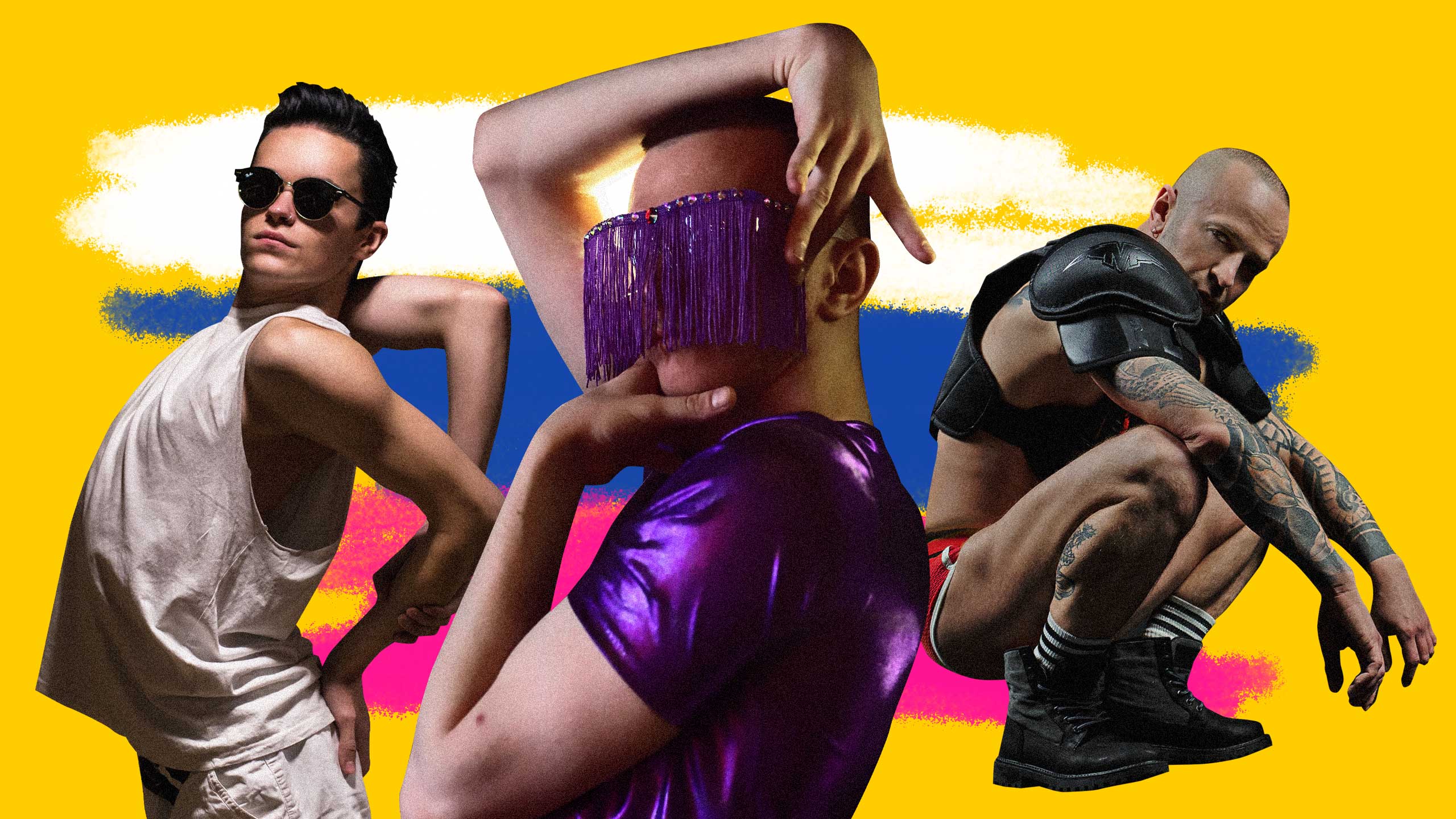
 Why you can trust Xtra
Why you can trust Xtra